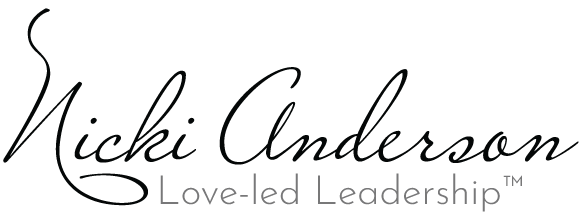Leaders who rely on fear to control are often wrestling with their own inner turmoil. – N. Anderson
Division Eliminates Hope
These past few years have been hard for everyone. Regardless of political stance, it’s clear that the world has been plagued by fear, anger, finger-pointing, and division for too long. I can’t remember a time in my life when Americans, specifically, have been so intolerant of others simply because of their beliefs. Friendships and families have fractured, and trust in human decency has been lost along with hope. When hope is lost, it’s difficult to replant those seeds. This societal division is disheartening.
I tend to be cautiously optimistic, even when things seem darkest. I believe that through suffering, we are often able to see the possibilities of hope. Thich Nhat Hanh notes, “There is the mud, there is the lotus that grows out of the mud. We need the mud in order to make the lotus.” When we can see possibilities and rally hope, it makes our fear and discomfort bearable. But we also need to understand that no matter what, we cannot control outcomes or what others believe or say; we can only control ourselves—our responses, actions, and attitude.
Fear and Control
In leadership, no matter how bleak things look, good leaders—love-led leaders—always see possibility and never lose hope. They understand that the decisions they make impact outcomes, but they also know they cannot control the final outcome. For example, you can do all the work in the world to land a client, but if the client chooses to go elsewhere, that’s their choice; you can’t control it. Trying to control others is not only futile but also a sign of fear. Fear can lead to irrational decisions.
I confess, fear has gotten the best of me at times. I have found myself projecting, judging, and making unkind assumptions. Deep down, I believe that even when people seem to be at their worst, most are still trying to do what they think is best. I can almost see the eye rolls here, but I believe it. Now, don’t get me wrong—this doesn’t mean we should sit by and watch things unfold without acting. Quite the opposite. Using my voice, showing up where it’s important, and speaking out when needed are vitally important. But if I’m doing it to control others, it’s not going to work. If I’m doing it to connect with others, there’s hope.
Connecting Over Controlling
When I see leaders in our professional environments or in government who constantly try to control with fear, I do my best not to judge or respond with my own attempt to control—though it’s tempting. What I can do is control my actions, my responses, and my attitude. I can connect through compassionate listening, research and meaningful conversations. There are always two sides to every story. If we only listen to one, we’re not getting the full story; we’re only getting the narrative we want to control. When we seek to listen compassionately, it can reduce fear and loathing and even help us learn something new. It may sound a bit idealistic, but to me, it’s better than the alternative of bitterness and hopelessness.
Remember, the whole intent of those leading with control and fear often comes from their own sense of inner loss of control and fear. Does that mean we should accept it and walk away without acknowledging it? Of course not. It means we respond in a way that aligns with who we are and who we want to be, whatever that looks like for each of us. It’s about trying to connect rather than divide. I may never fully understand some people’s motives, but that’s not my job. My job is to be the boss of me—something only I can control. Love-led leadership is the way I want to lead, and I do believe for me, it’s my small part in bringing about positive change.
Here’s to leading with love!
Love,
Tags: compassionate leadership, connections, control, fear, hope, leadingwithlove, leadingwithpurpose, loveledleadership
